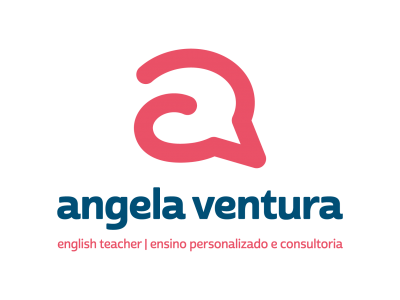Maximizing Student Talking Time in trio-based lessons

Maximizing Student Talking Time in trio-based lessons
Maximizing student talking time in class is essential for language development because it helps learners practice fluency, build confidence, and improve their ability to express ideas spontaneously. Frequent speaking practice reinforces vocabulary retention, improves pronunciation, and fosters grammatical accuracy through meaningful communication.
Maximizing student talking time in class is essential for language development because it helps learners practice fluency, build confidence, and improve their ability to express ideas spontaneously. Frequent speaking practice reinforces vocabulary retention, improves pronunciation, and fosters grammatical accuracy through meaningful communication. Additionally, active participation fosters engagement, encourages peer interaction.
Additionally, active participation fosters engagement, encourages peer interaction, and promotes critical thinking as students negotiate meaning, ask questions, and respond to different viewpoints. However, structuring lessons for maximum student talking time (STT)—especially in trios—can be challenging.
The strategy I used most often was calling students’ names and allocating a fair amount of time for each one to speak. There is nothing wrong with this approach unless it is the only tool in your toolbox. Below, I list some observations I made in my trio-based lessons:
- The dynamic of the lessons became predictable and monotonous – Students anticipated when they would be called, reducing spontaneity.
- I could have made more efficient use of time – Repeating names over and over slowed the lesson down.
- I was missing the opportunity to promote student-to-student interaction – Conversations often followed a teacher-student pattern rather than fostering peer communication.
- I was not helping students to engage in active listening tasks – While one student spoke, the others were preoccupied with preparing their responses instead of truly listening.
- There were moments when I noticed students experiencing increased anxiety levels– For shy students, even speaking in a small group felt overwhelming and the anticipation of having their names called only made matters worse.
- I observed that sometimes students had difficulty following instructions – Students focused so much on what they would say that they missed key instructions.
Here are three strategies I have tried and tested in my trio-based lessons:
Assigning a student as the leader
Instead of directing every interaction, I designate one student to lead the activity during exercise corrections. In my classes, this role is called “the boss”, meaning they:
- Facilitate discussions – they have to call their peers to say how they have answered the exercises as well as answer it themselves
- Encourage peers to compare answers – they compare and check if everyone agrees
- Ask their peers to justify their choices when there are any disagreements in the answers
This technique works particularly well for correcting listening, reading, grammar, and vocabulary activities. I only intervene when clarification is necessary. I love seeing how they explain the rationale to support their answers. This helps to promote student autonomy and confidence, besides helping me to identify any misconceptions or areas that require further explanation.
Encouraging collaborative pre-task discussions
Before listening or reading tasks, I introduce visuals, keywords, or thought-provoking statements and ask students to predict the content.
How it works:
- Students work in trios to analyze clues and construct a plausible narrative.
- They anticipate key themes, making the activity more engaging and personalized
This method activates prior knowledge, builds curiosity, and improves overall listening and reading skills. Students focus on the reading/listening content to check their hypotheses, which leads them to listen or read for general information first, reducing anxiety about understanding every single word immediately. anxious trying to understand word by word at the very first moment.
Using guided discovery for grammar and vocabulary

Guided discovery is one of my favorite strategies to present language. Instead of delivering direct explanations, I guide students to identify patterns and meanings independently.
- Provide example sentences or short texts with target language.
- Ask trios to analyze similarities, differences, and underlying rules.
- Use guiding questions to scaffold their understanding.
- Have students compare findings before confirming as a class.
This student-centered approach enhances critical thinking, collaboration, and long-term retention of grammar and vocabulary, besides being very fun!
Final thoughts about the importance of maximizing student talking time
Maximizing student talking time in trio-based lessons requires thoughtful structuring and lesson planning. Using these strategies I mentioned above can create engaging, communicative, and student-driven lessons, although I’m sure you all have great ideas and strategies to share with me.
How do you encourage student interaction in your classes? Share your thoughts in the comments below!
And if you would like to know more about classroom management tools and techniques, check this link for my mentoring services. You can also find some free lesson plans and student-centered activities here.
